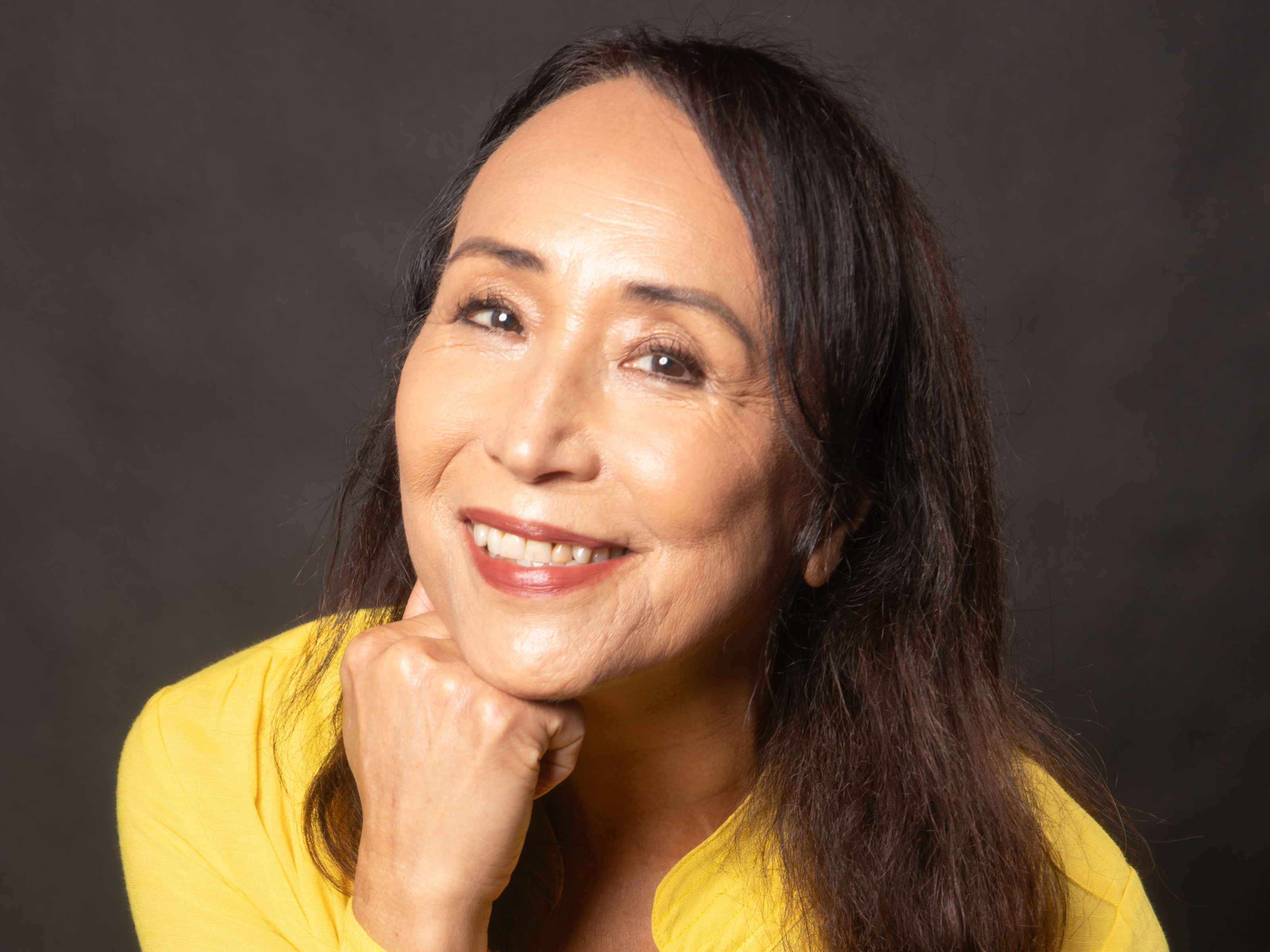
Plant-based dairy pioneer Miyoko Schinner takes us behind the scenes of her new cookbook, The Vegan Creamery, which embraces fermentation to take at-home vegan cheese to the next level.
A decade after her seminal plant-based dairy cookbook, The Homemade Vegan Pantry, Miyoko Schinner is taking things up a notch.
In September, Ten Speed Press released her seventh recipe book, The Vegan Creamery, which the author has described as “a whole new approach to making everything from milk to cheese to ice cream using all kinds of ingredients”.
“There are some techniques in there that are unique, haven’t been seen before, and I am not applying for patents,” Schinner had told Green Queen earlier this year, outlining her hope that this would be “the book that launches 10,000 vegan cheese companies”.
Since her last cookbook in 2021 (dedicated to making plant-based meat at home), the vegan pioneer has had a major career transformation. In 2022, she left the non-dairy company she founded, Miyoko’s Creamery, following legal disputes over trade secrets and IP.
Schinner has been focusing on Rancho Compasión, the animal sanctuary she opened a decade ago, which educates about 50 kids each week about humanity and the food system. In addition, she has embraced her role as a teacher, hosting cooking classes at culinary schools and online, as well as leading a course on food systems transformation at UC Berkeley.
Now, the chef and entrepreneur is looking to educate home cooks further with the next generation of homemade plant-based dairy products, with a big focus on fermentation. Some of the recipes include watermelon seed mozzarella, a mung bean halloumi, additive-free butter, vegan ghee, and barista-style milks.
In a wide-ranging interview with Green Queen, Schinner describes the different ingredients and techniques that power The Vegan Creamery, why it’s the most in-depth cookbook ever written on the subject, her favourite plant-based dairy brands, and whether she misses running Miyoko’s Creamery.
This interview has been lightly edited for clarity.
Green Queen: Why did you decide to write a cookbook, and why now? Do you feel people still cook as much as they used to?
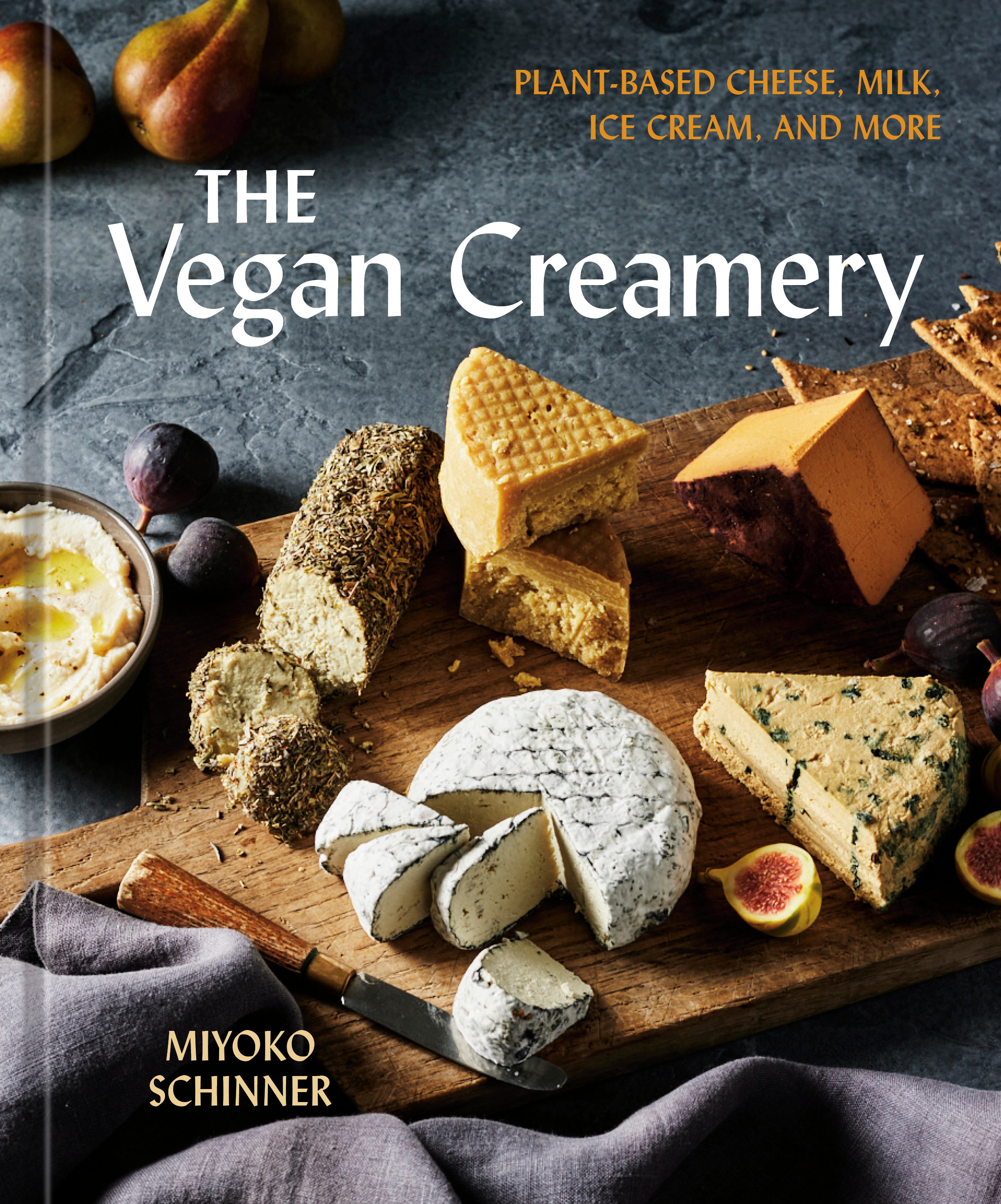
Miyoko Schinner: People certainly don’t cook as much as they used to, but they should. We’ve traded food autonomy for convenience and efficiency, and have ceded control over our diets to corporations.
So it’s time for people to reclaim their kitchens and understand not only how food comes together, but [also] be the catalysts for creating community and nurturing others through the act of breaking bread together.
If we are truly interested in creating an equitable, just, and sustainable food system for all, we need to think deeply about how best to go about that.
Is that through carefully protecting potentially groundbreaking IP for ourselves in order to make money off of it and further consolidating power in our food system in the hands of a few players? Or would it be to try to democratise food and hope that more people can help push the needle along by all participating in it, creating more opportunities for more entrepreneurs, small producers, artisans, and just ordinary people?
GQ: What can people expect from this book that’s different from your previous works, especially The Homemade Vegan Pantry?
MS: The Homemade Vegan Pantry was my first effort to take the mystery out of products and foods you’d normally buy in a package, and show people how easily most of them were made at home, more economically, healthfully, and sustainably.
The Vegan Creamery takes this to new heights in a realm of products that almost never come out of a home, but always in a package – milk, cheese, butter, ice cream and more. It is a deep dive into the science and art of plant milks and their potential, providing a diving board for others to join and jump in and further discoveries in the evolution of plant dairy.
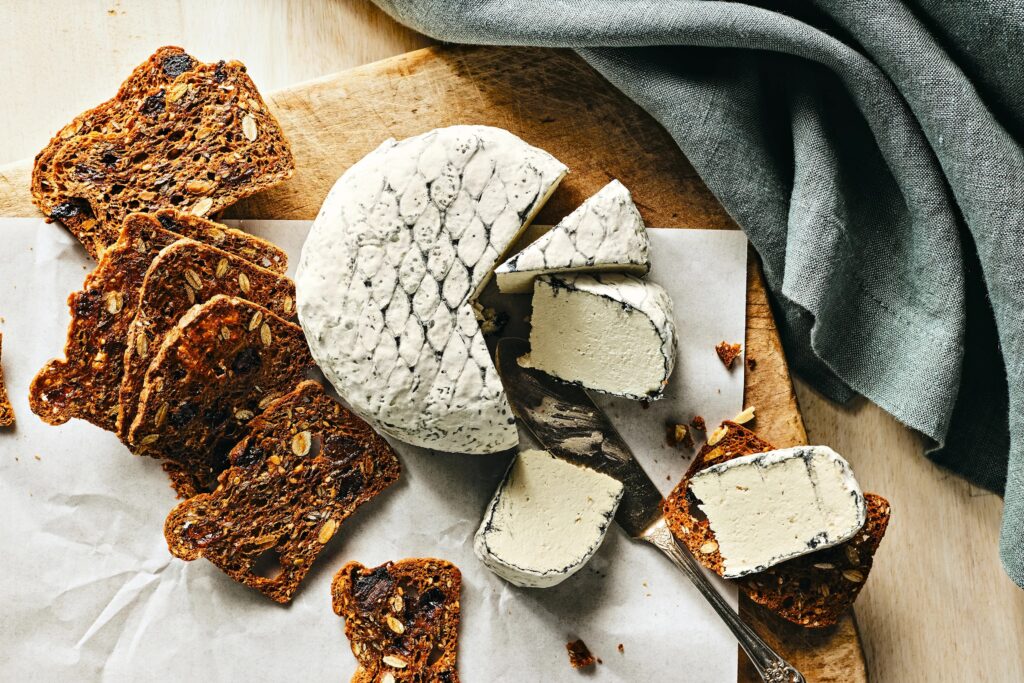
GQ: Can you tell us more about the new ingredients and techniques you’ve discovered for making vegan cheese? How did you come across them?
MS: I really wanted to understand the behaviour of different plant milks and their potential to behave like animal dairy – not exactly in terms of flavour, but in creating their own category of flavours and textures while being recognisable as ‘cheese’, ‘butter’, etc., and serve a purpose in cuisines across the world where such ingredients were called for.
For this book, I spent a lot of time on the bench exploring different nuts, seeds, legumes, making milks, seeing how they behaved in various applications, whether or not they would form curds for cheese, whether their fats and proteins would break down during fermentation (lipolysis, proteolysis), etc.
I believe this may be the most in-depth cookbook written to date on this subject, with not only recipes, but light science around why certain things work or not (if there is another book, I apologise – I am not aware of it).
I have developed techniques for foods I have not seen before, such as making butter without an emulsifier out of simply three ingredients, or making cheese by actually making curds and whey and pressing and ageing the curds.
I tried to minimise oils and adjunct ingredients, trying to capitalise on the main ingredients themselves to create the flavours and textures I wanted. For example, while almond milk won’t thicken alone as yoghurt without adjuncts such as starch or gels (found in most commercial yoghurts), I was able to combine it with chickpeas and utilise their natural thickening abilities to create a thick, rich yoghurt, delivering the best of both worlds.
I also learned that a little coconut oil is essential for the development of blue cheese flavour from Penicillin roqueforti due to its lauric acid component that breaks down in a specific way (the addition of other oils to the base ingredients did not work). I also found ice cream bases that would result in a rich and creamy ice cream without the use of any added oils.
Interestingly, studying traditional cheesemaking led the way for many of the recipes, including the feta cheese, which is made exactly like dairy feta (without added starches or gels like agar) to yield a firm and crumbly texture.
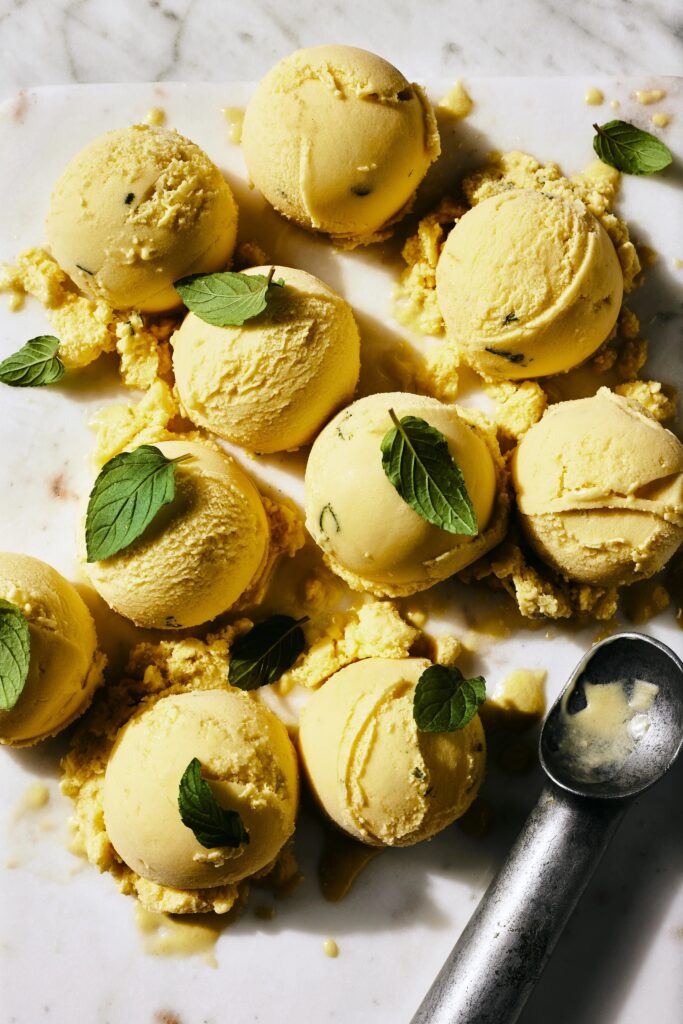
GQ: What makes the best dairy-free ice cream base? What challenges do these ingredients have to solve when replacing specific dairy ingredients?
MS: Most commercial vegan ice creams rely on coconut milk or oil to render a rich and creamy mouthfeel. I was interested in achieving this without either – I’ve heard many people complain about how coconutty vegan ice creams are, or how high they are in added oils.
In the book, I provide three simple ice cream bases without added oils that you can use to create your own flavours, although I include many specific recipes as well.
Watermelon seed milk is a rich, creamy, and neutral base that also delivers protein to your ice cream. The other two bases include a cashew milk with either cooked rice or oats, with the cooked grains helping create that creamy mouthfeel that would otherwise come from the oil.
GQ: What makes watermelon seeds particularly suitable for alt-dairy?
MS: While it isn’t suitable for everything, watermelon seed kernels make incredibly milky milk with a mouthfeel akin to full-fat cow’s milk (if made in the right ratios of seeds to water). Due to their high albumin content, they also coagulate upon heating, which means you can make curds from them.
They are great fun to work with, and have become a base for many of the recipes in the book, from yoghurt to cheese to ice cream.
GQ: Barista milks are the holy grail of homemade plant-based dairy – how did you go about developing this? What bases work best, and how do you account for acidity and curdling?
MS: I found that sunflower seed milk foams beautifully. With every milk, I tried heating, foaming, freezing, etc. to see how they performed. Sunflower seed milk was the only one that foamed. On the other hand, hazelnut milk is delicious as a creamer, and I did include a creamer recipe that minimises curdling.
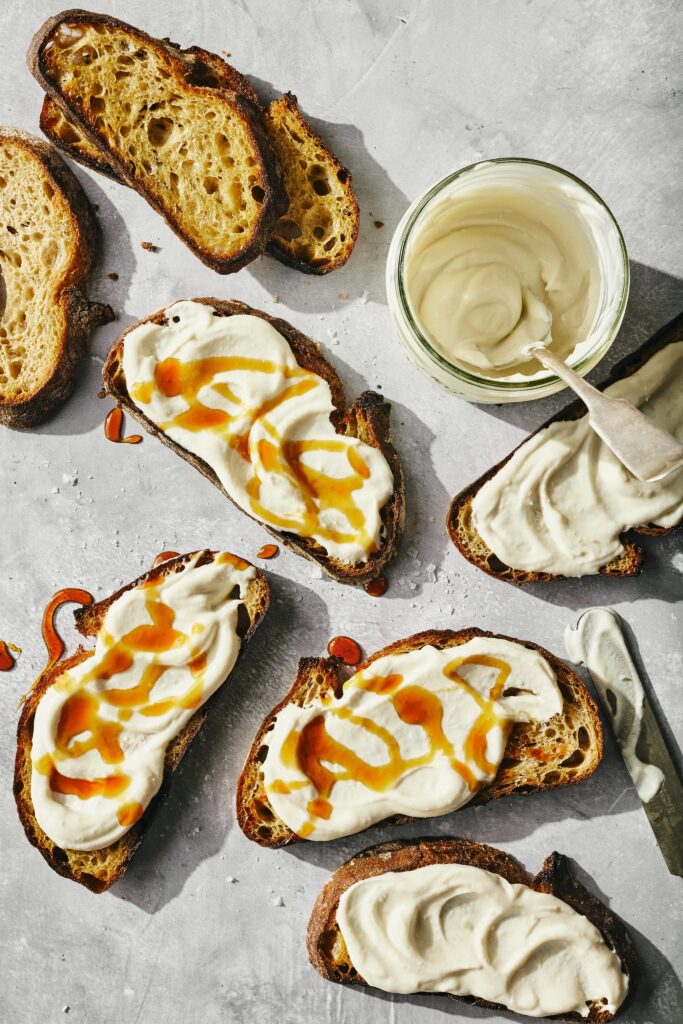
GQ: Can you give us some insight into your recipe development process?
MS: A lot of time “on the bench” (in my kitchen)! I am always watching to see how ingredients behave, and sometimes I get ideas when I’m on a run or in the middle of the night. I get an inspiration, then test, observe, and test again. Sometimes it works on the first go, and sometimes it’s multiple iterations later.
GQ: Do you miss running Miyoko’s Creamery?
MS: I don’t. My thinking about food systems has evolved much in the years since, and in many ways, I am grateful for this. We have a big problem to tackle for the animals, humanity, and the planet, and I feel better situated now to do so than if I were running a company.
GQ: What are your current favourite non-dairy brands/products?
MS: Truth be told, at this point, I buy almost no products. I make all of my own milks and butters.
I am fond of many vegan cheeses, however, made by small, artisanal producers the world over. In Italy last year, I discovered a mozzarella by a small company called Dreamfarm that was voluptuous, silky, and delicious. I believe Les Nouveaux Affineurs [in France] was acquired, but their bloomy rinds were excellent as well.
Generally speaking, the products I’ve found in Italy and France have been of higher quality than the ones coming out of the US.
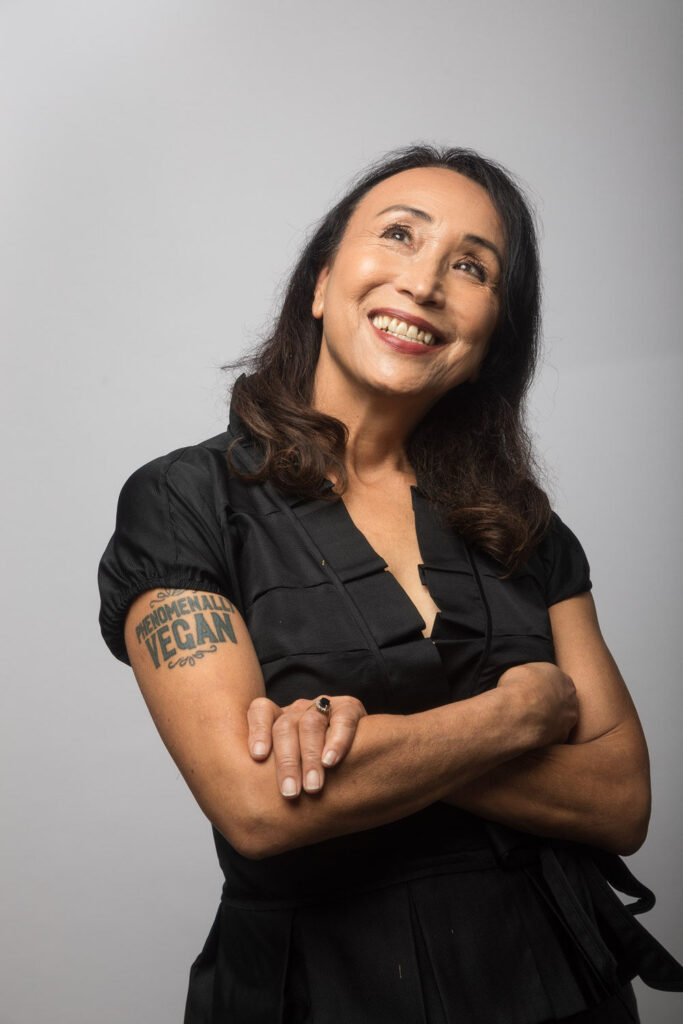
GQ: Given everything that’s happened in the last five years in the industry – lack of sales, social media misinformation, political climate denial – what do you think people who want to enact food system change should be doing?
MS: They should get back into their kitchens and reclaim it. 70% of what we eat comes out of a package, and likely from one of 10 multinational corporations.
If we want to ensure a healthy, democratic food system going forward, then each of us has to reclaim our kitchens and understand how to make food to feed ourselves and our communities.
I’m writing a book now on this very subject, on how to take control of your own food system and combat the oligarchy that controls it.
The post Miyoko Schinner Wants You to Get Back in the Kitchen appeared first on Green Queen.
This post was originally published on Green Queen.